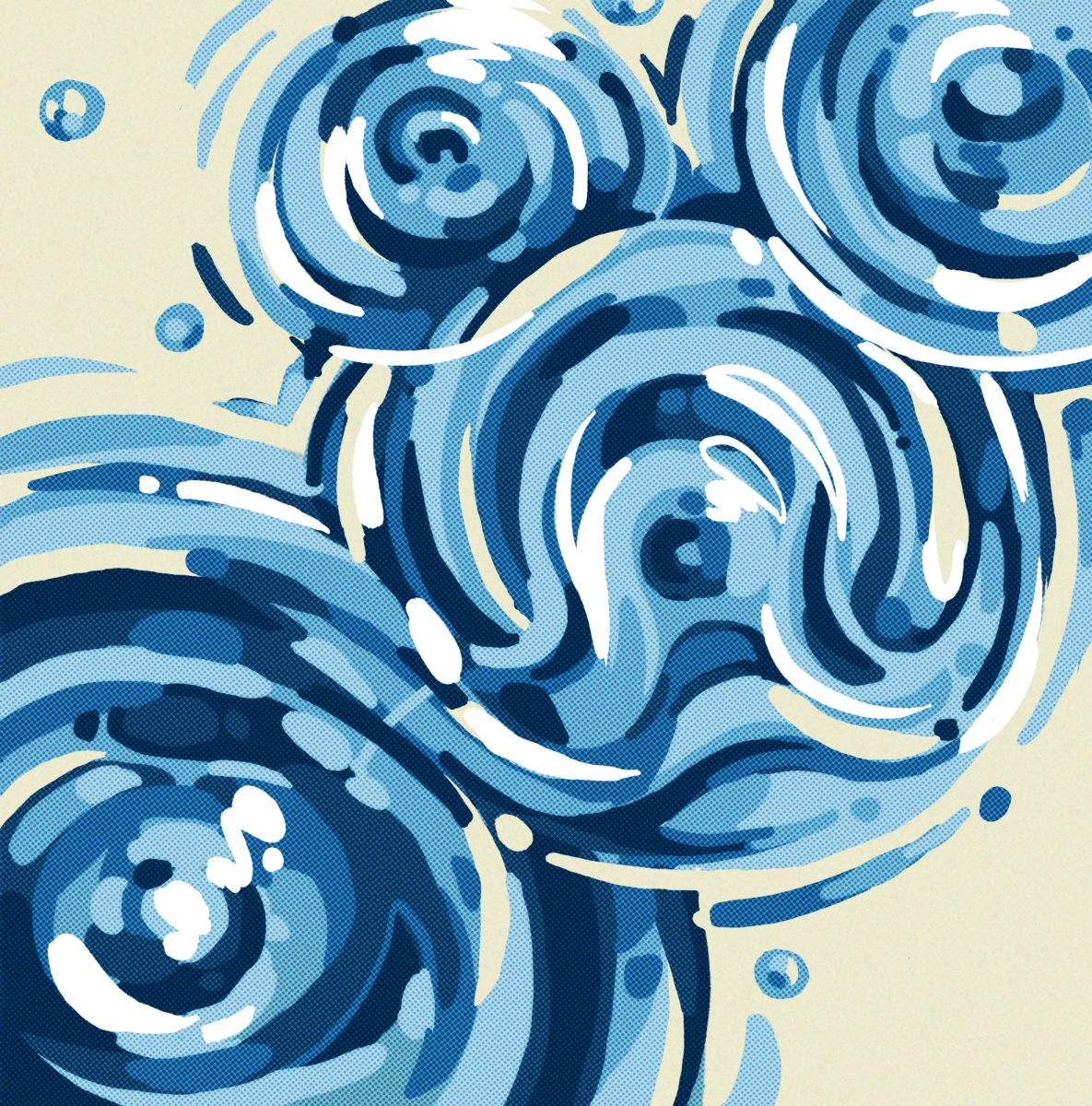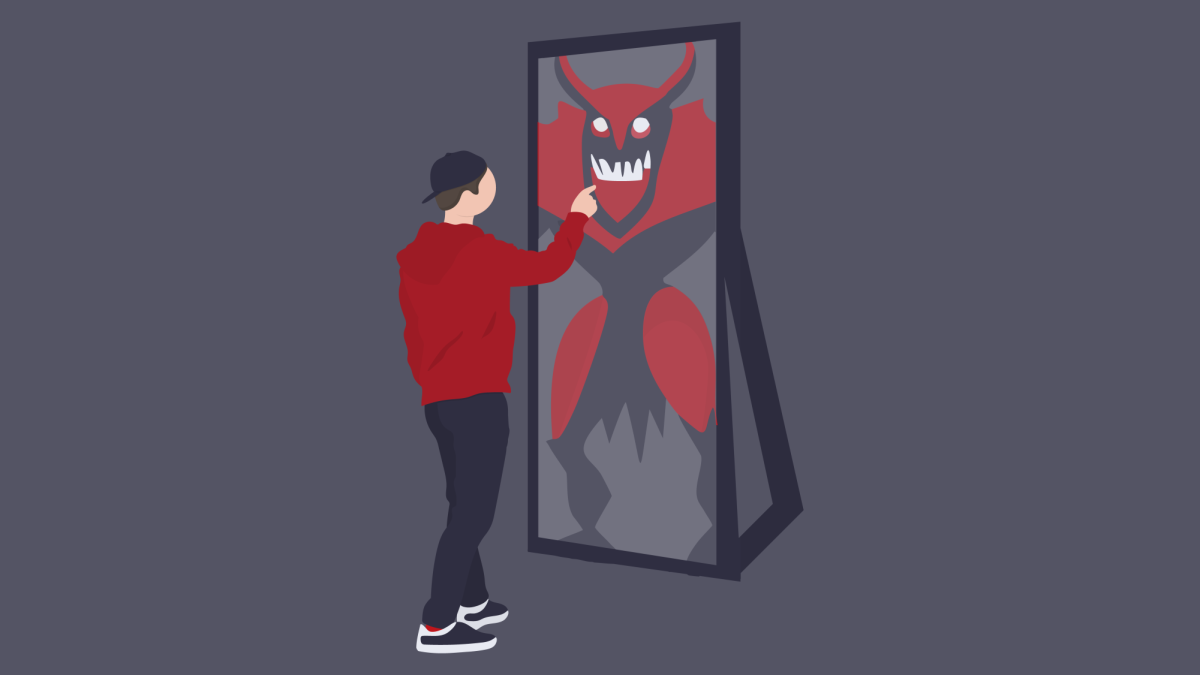The competitive nature of sports, along with the associated commitment and intense training, can have lasting impacts on participants. While some are positive — like the development of a good work ethic, achievement and the creation of supportive relationships — many effects, mostly physical, can be extremely damaging, especially when the individual involved is still growing.
It is common to see growth plate fractures in children who participate in more dangerous sports, especially gymnastics. Michael Silbert, a Chicago-based chiropractor, said in an article in The Daily Northwestern that he has seen patients who, as children, underwent a traumatic injury and now have chronic pain, lumbar scoliosis and other physical problems as a result. Also commonly found in gymnasts, along with athletes in other sports involving jumping and lower-limb impact, is Osgood-Schlatter Disease. This disease develops when undue stress is put on the leg tendons, stimulating the osteoblasts and creating bumps under the kneecap, which can be very painful when an athlete is engaged in physical activity. It can develop in children who do not participate in athletics, but it is much more common in those who do.
Certain contact sports are notorious for their head-rattling action. But what are football and hockey players sacrificing outside the field or rink for their game? A study published in 2012 by the American Academy of Neurology by Thomas W. McAllister, MD, of the Geisel School of Medicine at Dartmouth, tested college athletes from three Division I schools involved in both contact and non-contact sports on their thinking, memory and concentration skills at the beginning and end of their seasons. The results, as stated by McAllister, were that “a higher percentage of the contact sport athletes had lower scores than would have been predicted after the season on a measure of new learning than the non-contact sport athletes.” This suggests that repetitive head contact and trauma can impair an individual’s ability to function mentally and learn. The study’s data was also compiled over just one season, indicating the damage done over a relatively short period of time is staggering.
There have also been numerous studies conducted to determine the long-term effects of contact sport concussions. A study conducted in 2009 by Louis De Beaumont, at the time a graduate student at the University of Montreal, tested 40 former college-level hockey and football players, ages 50 to 65, who remained active at least three times a week and were otherwise healthy. Almost half of them had experienced at least one sports-related concussion, all of which were classified as mild traumatic brain injuries on the Glasgow Coma Scale. Within the study, memory, attention and executive function were tested, revealing that “both immediate and delayed recall were significantly impaired in athletes who reported a concussion earlier in life.” With the “arrow and flanker test,” which measures attention and executive function, there were significantly more errors associated with the group which had experienced at least one concussion during their sports career. De Beaumont’s group noted that these categories of brain function have been found to be extremely sensitive to cognitive impairment and early-onset Alzheimer’s disease. There were also significant differences in frontal lobe efficiency and activity in the concussed, who displayed significantly slower motor execution when asked to move their arms from a palm-up to a palm-down position.
It isn’t always the case that young, active children, and even teens and adults, consider the long-term effects of their decisions and actions regarding physical activity and sports. So, when you or people you know are looking to get involved in serious, competitive athletics, it might be wise to consider the possible negative outcomes that may arise later in life.











